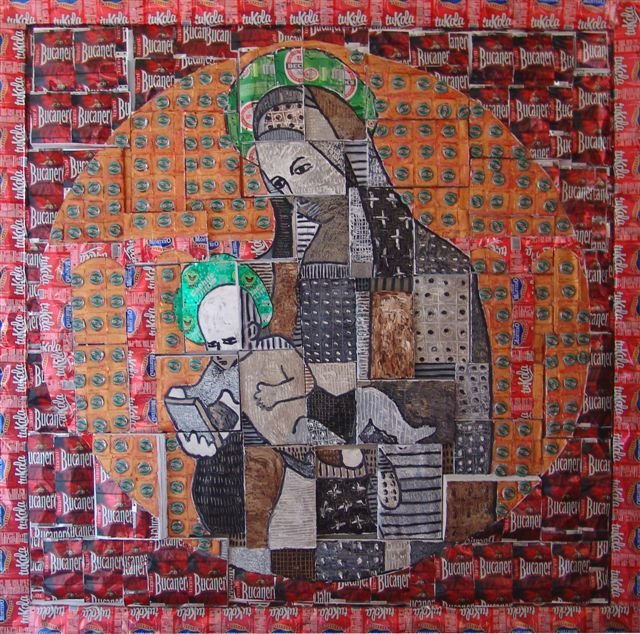Song of Songs
Chapter 2
The Song of Songs - שִׁירהַשִּׁירִים-, or "Shir HaShirim," is a Hebrew way of saying the most excellent of all songs. It has also been named the Song of Solomonand the Canticle of Canticles. King Solomon is named the author of the original poem (1:1), although the written version handed down to us, because of the nature of the Hebrew with Aramaic, Persian and Greek loan words, may have been transcribed at a later date. The poem features a dialogue between two lovers, one male and one female, and their profession of love for each other.
Lily Flower
Hebrew: שׁוּשַׁן—transliteration: shushan or shoshan / feminine: shoshannah / plural: shoshannim
The Hebrew name shushan or shoshan, i.e., “whiteness,” was used as the general name of several lily-like flowers common to Syria, such as the tulip, iris, anemone, gladiolus, ranunculus, etc.
Some interpret it, with much probability, as denoting in the Old Testament the water-lily (Nymphoea lotus of Linneaus), or lotus (Song of Songs 2:1-2; 2:16; 4:5; 5:13; 6:2-3; 7:2).
“Its flowers are large, and they are of a white color, with streaks of pink. They supplied models for the ornaments of the pillars and the molten sea” (1 Kings 7:19, 22, 26; 2 Chronicles 4:5). In the Song of Solomon its beauty and fragrance shadow forth the preciousness of Christ to the Church. Groser, however (Scriptures Natural History), strongly argues that the word, both in the Old and New Testaments, denotes liliaceous plants in general, or if one genus is to be selected, that it must be the genus Iris, which is “large, vigorous, elegant in form, and gorgeous in coloring.”
The lilies (Greek: krinia) spoken of in the New Testament (Matthew 6:28; Luke 12:27) were probably the scarlet martagon (Lilium Chalcedonicum) or “red Turk's-cap lily,” which “comes into flower at the season of the year when our Lord's sermon on the mount is supposed to have been delivered. It is abundant in the district of Galilee; and its fine scarlet flowers render it a very conspicous and showy object, which would naturally attract the attention of the hearers” [John Hutton Balfour, The Plants of the Bible, (London, Edinburgh, New York: T. Nelson and Sons, 1885)].
Of the true “floral glories of Palestine” the pheasant's eye (Adonis Palestina), the ranunuculus (Ranunuculus asiaticus), and the anemone (A coronaria), the last named is however, with the greatest probability regarded as the “lily of the field” to which our Lord refers.
“Certainly,” says Tristram (The Natural History of the Bible), “if, in the wondrous richness of bloom which characterizes the land of Israel in spring, any one plant can claim pre-eminence, it is the anemone, the most natural flower for our Lord to pluck and seize upon as an illustration, whether walking in the fields or sitting on the hill-side.” “The white water-lily (Nymphcea alba) and the yellow water-lily (Nuphar lutea) are both abundant in the marshes of the Upper Jordan, but have no connection with the lily of Scripture.”
Jesus as Solomon
Luke 11:31 King James Version (KJV)
31 The queen of the south shall rise up in the judgment with the men of this generation, and condemn them: for shecame from the utmost parts of the earth to hear the wisdom of Solomon; and, behold, a greater than Solomon is here.
Banner. Verses 2:4
Llevome a la camara del Vino
y su Bandera sobre mi fue AMOR
GOD’S BANNER—God’ssetting up or giving a banner (Psalm 20:5; 60:4; Song of Songs 2:4) imports his presence and protection and aid extended to his people.
God Presence and Protection
His LOVE is a Banner that is embroidery with lilies flowers for us.
That cover us as it is a Standard that go in front of us wherever we go!



